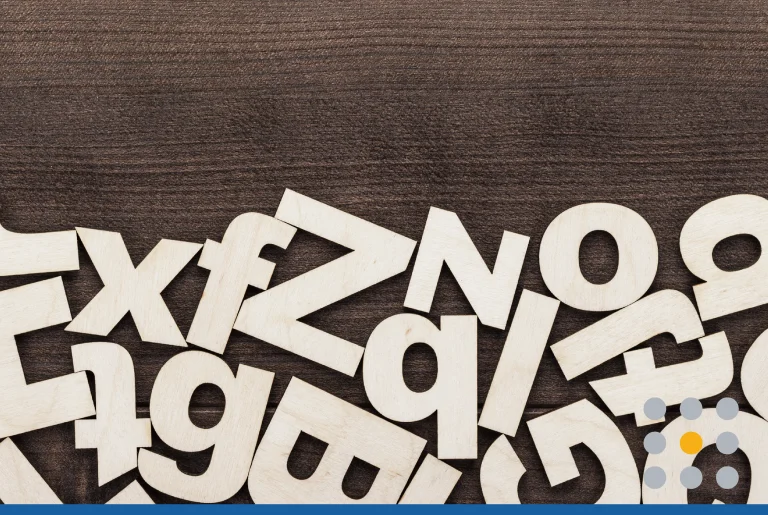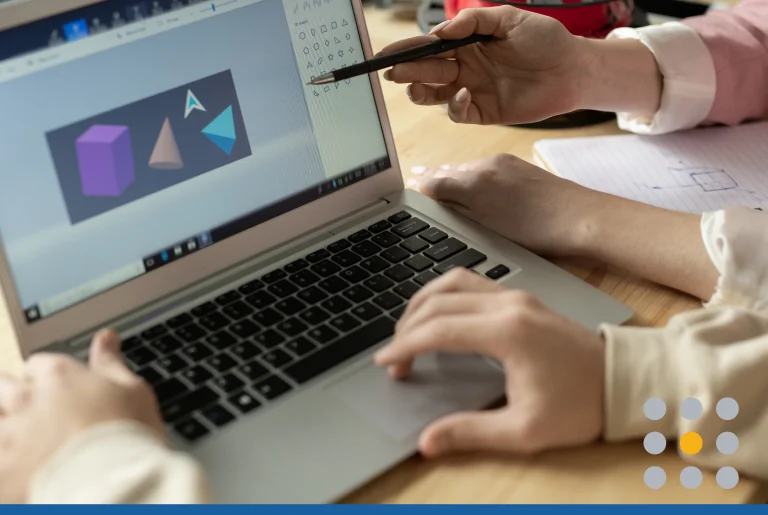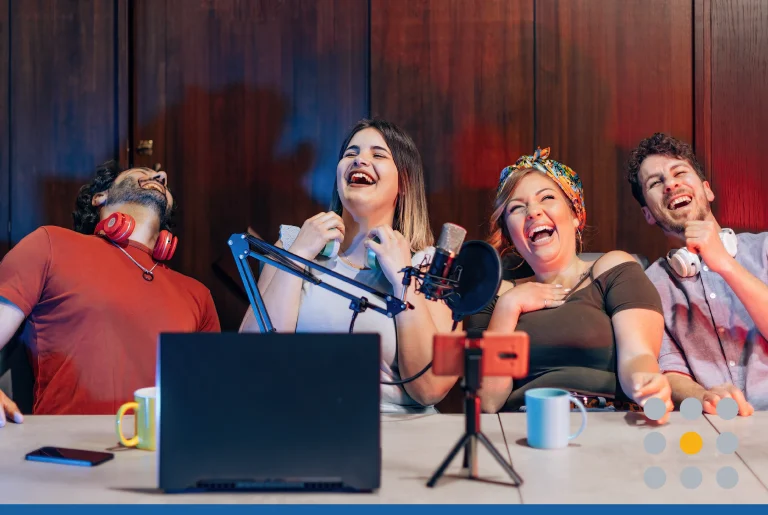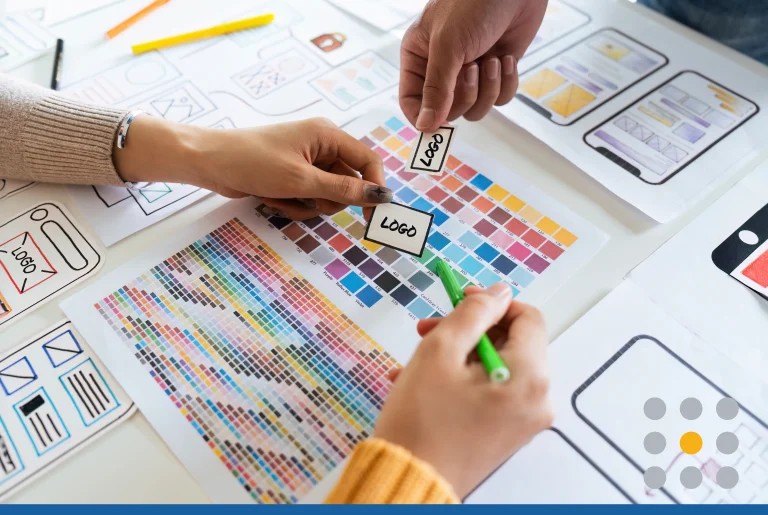As the new year rolls in, so do the latest logo design trends shaping business brands. Design preferences are always changing, and there’s no perfect formula for deciding which styles to adopt or ignore.
Luckily, you don’t need to chase every logo design fad to stay current. Branding is about building a unique story around your company mission and values.
Just remember, trends aren’t random. Since the fundamentals of design don’t change, logo trends build on the past. Designers add simple creative twists and blend styles to keep logo designs fresh.
The benefits of trend-watching are twofold. When you understand what competitors are doing, you get better at distinguishing your business. And knowing what appeals to your audience puts you one step closer to creating a logo design they’ll love.
Ready for our predictions? This year, it’s all about the logotype. We studied top designers, recent rebrands, and rising startups to spot the most promising trends. Get early inspiration from these 10 catchy 2018 logo design trends.
Top Logo Design Trends in 2018

1. Wide-spaced text
With the minimalist trend going strong, simple logos need a subtle “wow” factor. Instead of smashing letters together, space them out to let brand names speak for themselves. Large fonts with wide spacing are a growing choice for businesses with a short name or no logomark. Paired with other low-key touches or interesting fonts, wide-spaced text takes on a bold, modern look.

2. Simplified mascots
Making logos easy to reproduce is a top priority as more small businesses join the marketplace.
There’s a clear consensus that excessive details take away from bold colors and simple linework. Big brands, such as Wendy’s and Morton Salt, have been scaling down their mascots for years. Expect more brands to do the same, updating colors and editing out extra lines or shapes.

3. Focal letters
What’s a clever way to dress up bare logotype? Add a focal letter. Businesses in conservative industries often want a trim, stark look for their logo. Unfortunately, it leaves less wiggle room for designers. Many designers are using a plain font with one contrasting or illustrated letter to create a fun focal point. Injecting a tiny hint of playfulness is also a reminder that brands aren’t all business. Any company can show warmth and personality.

4. Brushstroke logotype
The brushstroke effect is appearing in various aspects of graphic design, such as web photography. The smooth, multitoned texture of brushstrokes brings an artistic, ethereal look to almost any medium. Don’t be surprised to see more brands using this texture on hand-drawn and signature logotypes. Brush texturing is an easy way to stand out and be authentic when it’s hard to come up with something new. After all, no two brushstroke textures are the same.

5. Lowercase text
Established brands get a lot of flack for sticking with basic fonts. But let’s face it, simple designs work. Designers constantly go back and forth between serif, sans serif, all caps and no caps. Lately, logo design trends are heading toward lowercase sans serif text with no capital letters. Serif fonts are still better for some industries, but sans serifs are seen as youthful and modern. And somehow, ditching that first capital letter makes B2B and traditional brands seem more friendly.

6. Monoline text and icons
Get ready to see top trends from recent years start to merge. Monoline combines three beloved styles — minimalist, geometric and hand-drawn logos. Monoline logomarks use one line of a consistent weight, much like classic digital icons. Logotype styles involve text written with a single line and many resemble a script. The resulting logos offer professionalism with a sense of humor, which works well for small businesses.
If the single-line look doesn’t work for you, don’t be afraid to get more complex. Ornate line drawings are also on the rise, and they have a hand-drawn quality that inspires trust. If you plan to use monoline art, try not to overdo it. Either go with a monoline logomark or logotype, rather than using both together.

7. Rainbow and gradient colors
When Instagram revealed its rainbow logo, naysayers quickly called it a dud. Yet, smart designers ran with the idea. Multicolors and gradients instantly add dimension and cheer to a flat logo. Both styles work with highly saturated colors, which are ideal for young, upbeat brands.
If you’re not scared off by loud colors, embrace the versatility of rainbow logos. They’re easy to update because the logomark or logotype is usually very simple. As color trends evolve, you can make subtle changes without losing brand recognition. Going forward, pair rainbows and gradients with abstract and geometric shapes to break up or overlap color.

8. Cropping and letter breaks
The top logo design trends for 2018 are about rethinking minimalism. What better way to shake up a simple design than with a play on perception? Cropped and fragmented letters are a sly design tool. You can take away pieces of words or letters, and our minds automatically fill in the blanks.
Experiment with small breaks that don’t alter the visibility of the text. For a more unique look, crop the edges or corners of a few letters in a wordmark. Even altering one or to letters can make a wordmark stand out in an unexpected way. Just make sure the final design is still readable without squinting and guesswork.

9. No-frills geometry
Geometric logos have ruled the design world for several years, so what’s new about them? The designs are getting more and more barebones. Minimalism has a cult following, and novice designers love the ease of building a fast portfolio of clean work. Not to mention, simple geometry has a reputation for being edgy and contemporary. Prepare for a wave of ultra-simplified shapes in the future.

10. Toned-down color
Every action has an opposite reaction, even in design. While some designers love bright hues, others are turned off by harsh, in-your-face colors. From a creative perspective, many businesses are steering clear of bold colors in favor of softer hues. A growing interest in natural and eco-friendly business is also driving the push toward earthy colors.
If super-bright isn’t your thing, choose hues toned down with hints of white or pale gray. Think coral and rose over magenta or pear and sage green over neon and emerald. Try pairing them with neutrals for homegrown-, crafty- or heritage-inspired logos.
Studying logo design trends can speed up your brainstorming process. Trends show you which styles are a definite no-no, so you can avoid an outdated design. At the same time, go with your gut. Staying ahead of trends is just as important as respecting them. When you have a fresh idea to set your brand apart, make the right choices to convey your brand story.
Ready for a new logo? Test out hundreds of different designs with our logo maker.







